Supercharging Chemotherapy with a Mitochondrial Strategy for Lung Cancer Treatment
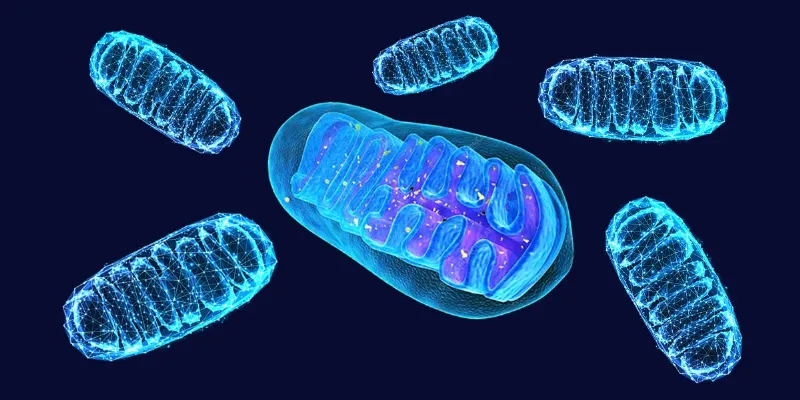
30 July 2025
Researchers have enhanced cisplatin’s efficacy in advanced NSCLC by transplanting functional mitochondria from cardiomyocytes into tumors. This combination halved cisplatin’s IC50, boosted T and NK cell infiltration, and reversed the Warburg effect. The therapy improved immune response without added toxicity, offering a promising dual-action strategy to overcome chemotherapy resistance.
A new study from Tongji University School of Medicine and Nantong University, published in Cancer Biology & Medicine, reveals that transplanting functional mitochondria into tumors can radically enhance the effects of chemotherapy in advanced non-small cell lung cancer (NSCLC).
This approach does more than just make chemotherapy drugs work better—it repairs the very immune system that cancer and its treatments so often suppress. In essence, researchers have turned mitochondria into both metabolic repair kits and immune reinforcements, challenging the very architecture of how we think about combination therapy.
The Paradox of Chemotherapy: Necessary but Damaging
Cisplatin-based chemotherapy remains the first-line treatment for advanced NSCLC, yet its benefits often come at the expense of immune health. While it targets rapidly dividing cancer cells, cisplatin also damages the body’s myeloid and lymphoid compartments, leaving patients immunocompromised just when they need immune support the most.
Adding to the complexity, lung tumors can hijack mitochondria from nearby immune cells using nanotube-like structures, a stealth mechanism that further drains immune vigor. The result: diminished T cell activity, poor immune surveillance, and increasing resistance to therapy.
Mitochondrial Transplantation
The team of Chinese researchers asked a bold question: Could direct mitochondrial transplantation help restore metabolic balance and reawaken immune function in the tumor microenvironment? To find out, they isolated mitochondria from human cardiomyocytes—cells with exceptional energy-producing capabilities—and delivered them into NSCLC tumor models. Alone, these organelles had little effect. But in combination with cisplatin, they dramatically amplified treatment outcomes.
In vitro, the combination halved the effective concentration (IC50) of cisplatin from 12.93 µM to 6.7 µM, a clear signal of increased tumor sensitivity. In mice, tumors shrank more substantially with the combination therapy than with chemotherapy alone. Perhaps most strikingly, immune cell infiltration—particularly by T cells and natural killer (NK) cells—was significantly enhanced.
“This research introduces a powerful dual-action strategy,” said Dr. Liuliu Yuan, lead investigator of the study. “By replenishing immune cells with functional mitochondria, we are not just enhancing their energy—but restoring their ability to fight. At the same time, tumor cells become more vulnerable to chemotherapy. It’s like rearming the immune system while disarming the tumor. This could be a promising avenue for patients who don’t respond well to conventional treatment.”
Rewiring the Tumor Microenvironment
Transcriptomic analysis revealed a profound metabolic reprogramming. Tumors that received mitochondrial transplants showed reduced glycolytic and hypoxic activity, alongside upregulation of oxidative phosphorylation—effectively reversing the Warburg effect. This shift stunted cell proliferation and suppressed stemness markers such as HIF-1α, CD44, and CD133.
From an immunological standpoint, the transplanted mitochondria recharged T cells and NK cells, enhancing their cytotoxicity and endurance. These effects were achieved without additional toxicity; treated animals maintained stable body weight and exhibited no organ damage.
In other words, the researchers managed to convert an immunosuppressive, metabolically hostile tumor environment into one more amenable to both chemotherapy and immune-mediated attack.
Toward a New Therapeutic Paradigm
The implications of this study are far-reaching. For patients with advanced NSCLC who do not respond to current standard-of-care therapies, mitochondrial transplantation may offer a new layer of precision and resilience. By supplementing chemotherapy with bioenergetic support, clinicians could mitigate toxicity while enhancing tumor clearance.
This approach also opens new avenues for combination therapies beyond lung cancer. Tumors that exhibit high metabolic plasticity and immune resistance—such as pancreatic, ovarian, and colorectal cancers—could also benefit from mitochondrial co-therapy.
Still, significant hurdles remain. The logistics of isolating and delivering mitochondria safely and consistently in a clinical setting will need to be resolved through rigorous translational studies. Questions about dosing, targeting, and long-term immune modulation must be answered in early-phase trials.
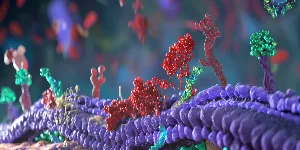





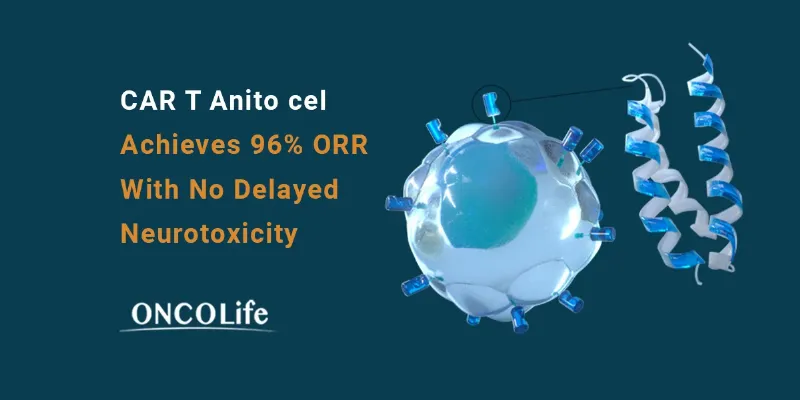

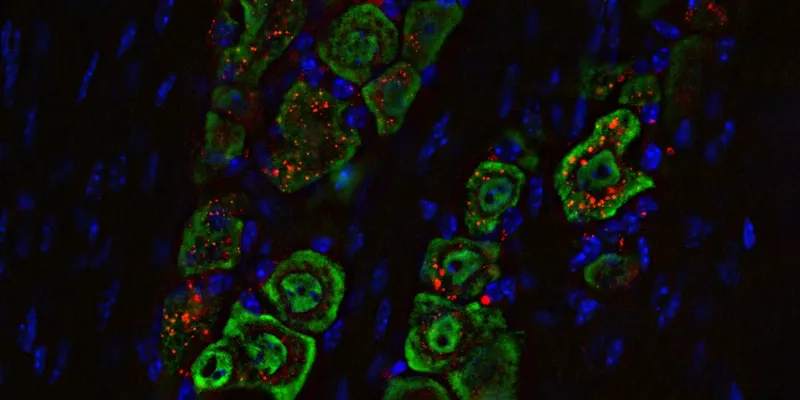

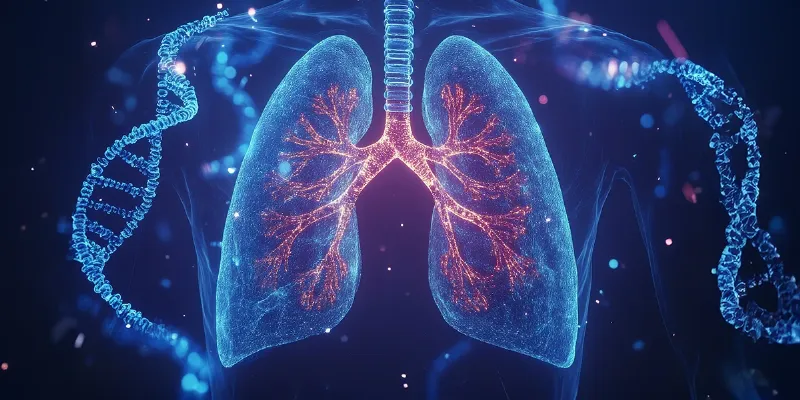
Comments
No Comments Yet!